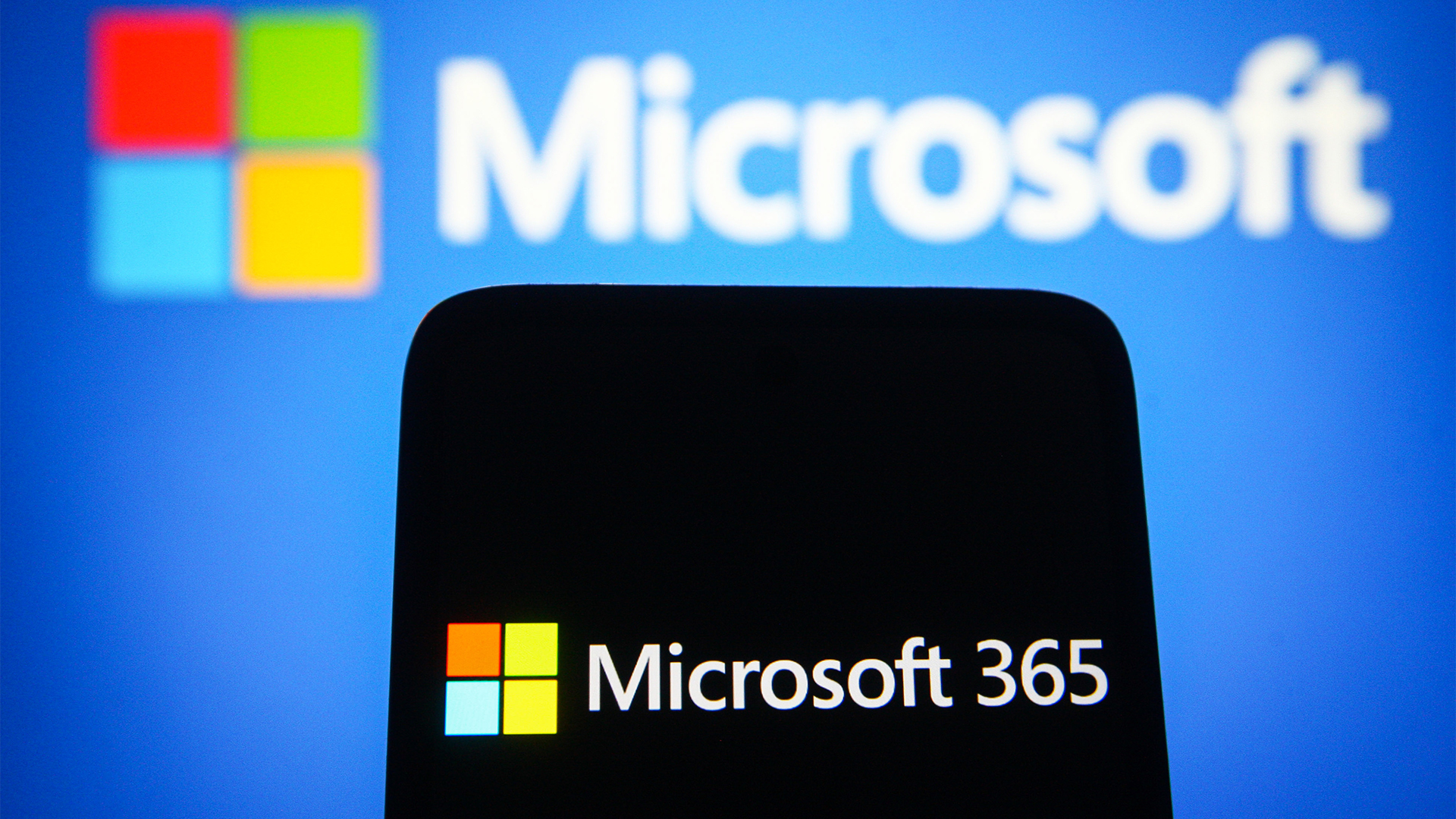The Allianz Life data breach just took a huge turn for the worse
Claimed by the ShinyHunters threat group, the Allianz Life data breach has exposed personal data on over a million customers


The true scale of the Allianz Life data breach has been laid bare, with leaked credential notification site Have I Been Pwned putting the number of affected accounts at 1.1 million.
The numbers represent the vast majority of the company's 1.4 million customers in the North America region, along with the data of financial professionals and some Allianz Life employees contained in Salesforce Accounts and Contacts databases.
Data exposed in the incident is believed to include dates of birth, email addresses, genders, names, phone numbers, and physical addresses. According to Allianz, Social Security numbers were also taken.
More than seven-in-ten of the exposed email addresses had already been affected by previously-disclosed data breaches.
When the breach was first confirmed, Allianz Life said that 'most' of its North American customers had been affected, but that its core network and policy administration systems didn't appear to have been accessed.
The insurer said it would provide a full consumer notice once it has finished identifying and contacting affected individuals.
Jon Abbott, CEO of ThreatAware, described the scale of the breach as “significant”, noting that the data leaked represents a treasure trove of information to target victims.
Sign up today and you will receive a free copy of our Future Focus 2025 report - the leading guidance on AI, cybersecurity and other IT challenges as per 700+ senior executives
"The sensitive and valuable information held in CRM tools is exactly why it’s targeted by attackers,” he said. “The data can be used by other cyber criminals for identity theft and phishing campaigns."
What happened with the Allianz Life data breach?
The breach, which took place on July 16 and was discovered a day later, is believed to have involved a social engineering attack that involved impersonating IT support staff.
This saw hackers ask employees to accept a connection to a Salesforce Data Loader, which was then used to exfiltrate data from the CRM system.
The attackers used malicious OAuth applications to infiltrate Salesforce instances, before downloading the company databases.
The attack has since been claimed by the notorious ShinyHunters threat group, which is believed to overlap with the Scattered Spider and Lapsus groups. They are now believed to be preparing a data leak site to pressure Allianz and other victims into making a ransom payment.
The group, which first emerged in 2020, is also believed to be responsible for attacks on Salesforce systems at several retailers, as well as at Google, Cisco, Qantas, Santander, Ticketmaster, Tokopedia, AT&T and most recently Workday.
Workday confirmed it had fallen victim to an attack last week, warning customers that exposed information could then be used in follow-up social engineering attacks - a common tactic for threat actors.
"Groups such as ShinyHunters rely on fast moving social engineering tactics – this typically involves calling and emailing employees of the victim organization and attempting to extort them. If this does not work, they then launch a leak site with the aim of pressuring victims into payment," said Abbott.
"This pattern in their attacks is why the security fundamentals are so important. Accurate asset inventories, tamper-proof identity verification and hardened service desk processes are all essential.”
Make sure to follow ITPro on Google News to keep tabs on all our latest news, analysis, and reviews.
MORE FROM ITPRO
- Employee phishing training is working – but don’t get complacent
- Phishing tactics: The top attack trends
- Cheap cyber crime kits can be bought on the dark web for less than $25
Emma Woollacott is a freelance journalist writing for publications including the BBC, Private Eye, Forbes, Raconteur and specialist technology titles.
-
 Warning issued as surge in OAuth device code phishing leads to M365 account takeovers
Warning issued as surge in OAuth device code phishing leads to M365 account takeoversNews Successful attacks enable full M365 account access, opening the door to data theft, lateral movement, and persistent compromise
-
 Amazon CSO Stephen Schmidt says the company has rejected more than 1,800 fake North Korean job applicants in 18 months – but one managed to slip through the net
Amazon CSO Stephen Schmidt says the company has rejected more than 1,800 fake North Korean job applicants in 18 months – but one managed to slip through the netNews Analysis from Amazon highlights the growing scale of North Korean-backed "fake IT worker" campaigns
-
 NHS supplier DXS International confirms cyber attack – here’s what we know so far
NHS supplier DXS International confirms cyber attack – here’s what we know so farNews The NHS supplier says front-line clinical services are unaffected
-
 Complacent Gen Z and Millennial workers are more likely to be duped by social engineering attacks
Complacent Gen Z and Millennial workers are more likely to be duped by social engineering attacksNews Overconfidence and a lack of security training are putting organizations at risk
-
 LastPass hit with ICO fine after 2022 data breach exposed 1.6 million users – here’s how the incident unfolded
LastPass hit with ICO fine after 2022 data breach exposed 1.6 million users – here’s how the incident unfoldedNews The impact of the LastPass breach was felt by customers as late as December 2024
-
 Researchers claim Salt Typhoon masterminds learned their trade at Cisco Network Academy
Researchers claim Salt Typhoon masterminds learned their trade at Cisco Network AcademyNews The Salt Typhoon hacker group has targeted telecoms operators and US National Guard networks in recent years
-
 Trend Micro issues warning over rise of 'vibe crime' as cyber criminals turn to agentic AI to automate attacks
Trend Micro issues warning over rise of 'vibe crime' as cyber criminals turn to agentic AI to automate attacksNews Trend Micro is warning of a boom in 'vibe crime' - the use of agentic AI to support fully-automated cyber criminal operations and accelerate attacks.
-
 Cyber budget cuts are slowing down, but that doesn't mean there's light on the horizon for security teams
Cyber budget cuts are slowing down, but that doesn't mean there's light on the horizon for security teamsNews A new ISC2 survey indicates that both layoffs and budget cuts are on the decline


